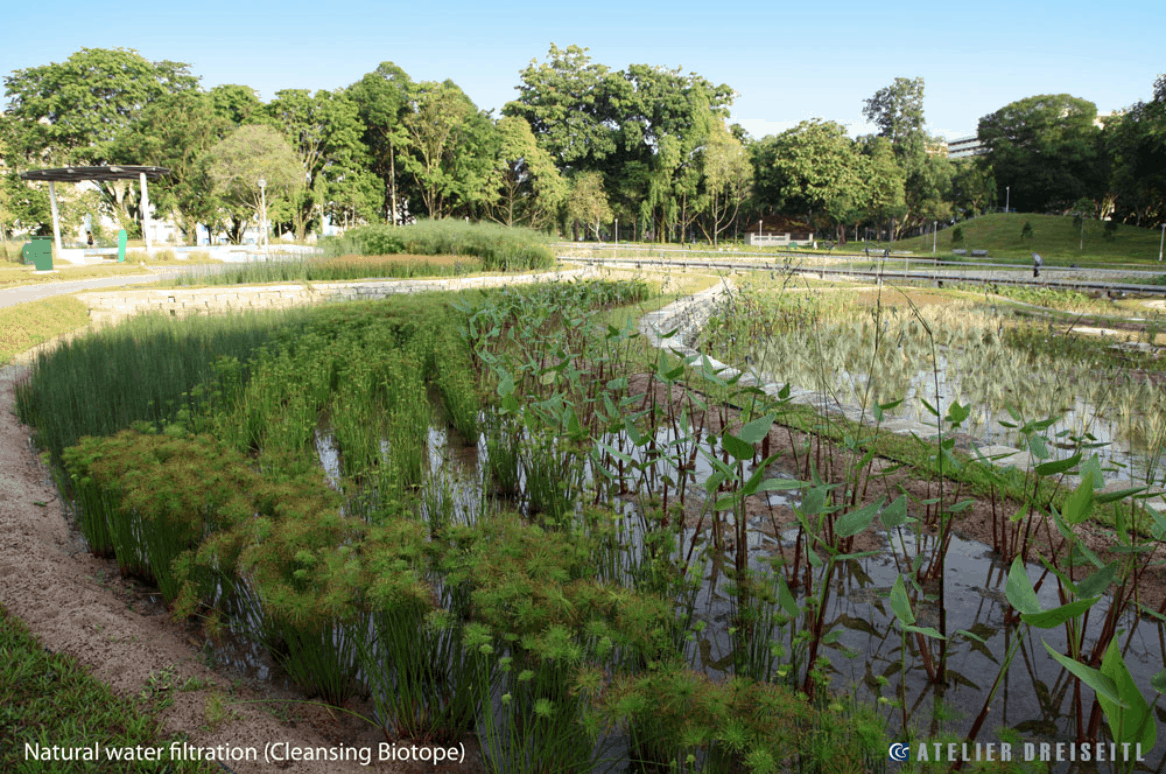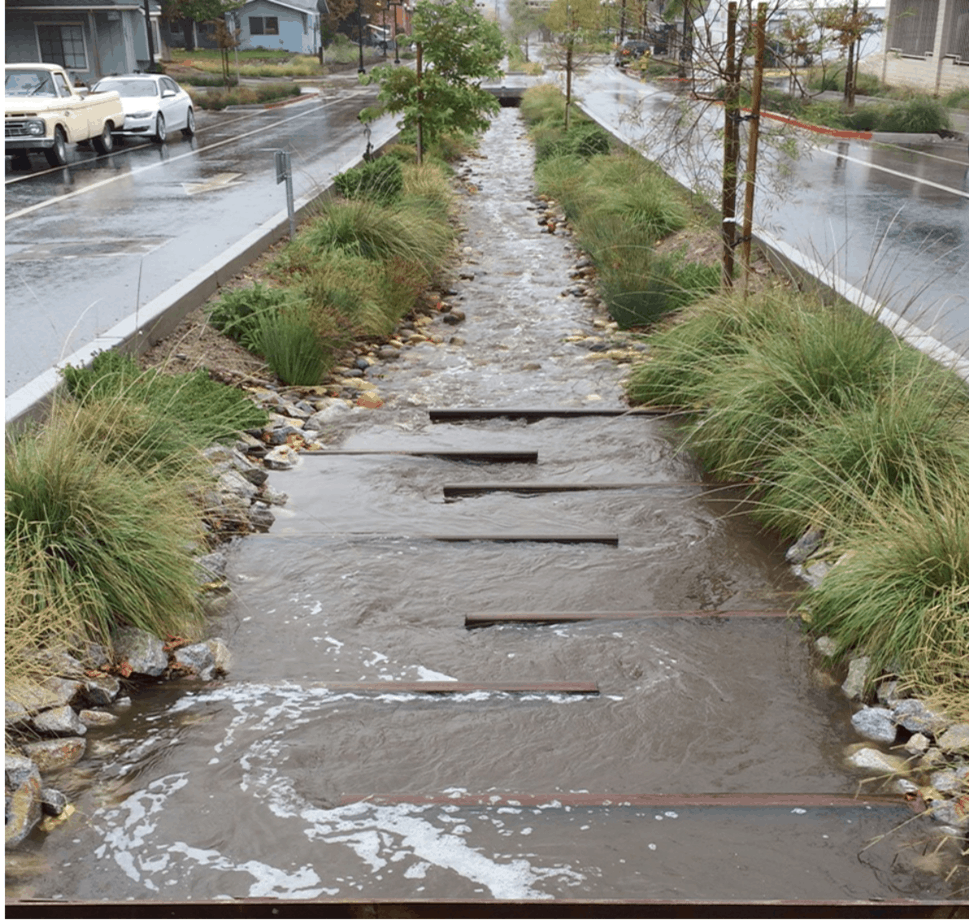Chennai’s water security has been a hotly debated issue, ever since the city saw alternating incidents of devastating drought and destructive floods over the last five years. The floods were the result of thoughtless urbanisation while the drought came about due to the city’s poor adoption of water conservation. An answer to the conundrums surrounding water in Chennai may well lie in turning towards nature-based solutions, according to the proposals put forth by a promising initiative titled City of 1000 Tanks.
City of 1000 Tanks is a multi-stakeholder effort, including the Corporation of Chennai and 100 Resilient Cities, that involves a team of experts from urban design, water management, policy, social and cultural engagement and finance. The aim of the initiative is to address the key challenges of water scarcity, flooding and pollution that affects the daily lives of scores of citizens.
Citizen Matters spoke to Sudheendra NK of Madras Terrace, a member organisation of the City of 1000 tanks, on the journey so far and what their vision for Chennai is.
How was the City of 1000 Tanks visualised?
Water conservation became a focus of conversation only after the events of the recent past, such as Cyclone Vardah. That’s when the awakening happened. There was a proposal – Water as Leverage – for an effort by the government of the Netherlands a few years ago. The country leads the world in water conservation practices and have framed some of these solutions long ago. They wanted to transfer technology and sought inputs on how they could help other nations. They narrowed down to three cities in Asia for the initiative.
…and Chennai was one of the three cities?
These three cities were considered role models, the water-related solutions in which can be scaled to other cities in Asia. Chennai in particular sees extreme drought and floods and it was surmised that if the water issues of Chennai could be solved the solutions could be adapted to many other places. A detailed study was done on Chennai and the initiative put out a call for a proposal to select a team that could brainstorm on suitable solutions about two years ago. There were many caveats to the selection of a team; it required the presence of a mix of individuals young and old, men and women and from different areas of expertise such as urban planning, architecture and social engagement. Since we had worked in this area earlier and had a good understanding of the issues in the city we decided to respond to this call.
What was the process like?
We formed a collective with various subject matter experts and sent in a proposal as City of 1000 Tanks. Similar to us, quite a few teams participated in the process and we emerged successful. After our selection, we spent the next year selecting four to five areas, where there are solvable design problems and working on a proposal to address them. We collaborated with other teams in Asia in Indonesia and Bangladesh as well.
What were the chosen problems?
A section of the Mambalam canal was one of the chosen spots. Then again, temple tanks are so ubiquitous and could help address water issues — so we selected the Mylapore tank area. The slums near Chitra Nagar in Kotturpuram were chosen as it sits adjacent to a river bank. Finally, the Koyambedu market was picked for its high density. The idea was to pick problem areas, which when addressed would help us envisage solutions for areas across Chennai. We spent 2018-2019 brainstorming on solutions. The Corporation of Chennai was also part of the efforts. This exercise was a culmination of all our ideas.
What stage of the proposal are the various projects at now?
We are still in the design phase. The next step is going to be preparation of a Detailed Project Report. This has to be done in line with the guidelines for the same by the government. The DPR will require a much more detailed ground-level assessment of each spot and the proposed solutions. We are looking at the Mylapore tank and part of the Mambalam canal. For the Mylapore project, we have the backing of the Green Climate Fund for the preparation of DPR. The talks are ongoing.
What is the proposed solution for the Mylapore project?
The project around the Mylapore tank is called the Mylapore Trail. We are proposing a nature-based solution that contributes to the greenery of Chennai through the increase of green cover. When we turn to nature-based solutions, it allows for carbon trapping while also conserving water. We would like to prove this concept on a large scale.

Constructed wetlands are useful for carbon trapping and filtration of impurities. Pic:City of 1000 Tanks
The proposal involves the restoration of two defunct temple tanks through collective effort by increasing ground water recharge to restore water levels in the tanks. Nature based solutions such as bioswales – strips of vegetated areas that arrest the pace of rainwater runoff and collect it – and constructed wetlands – extensively vegetated water bodies that use sedimentation, filtration and biological uptake processes – both will come into play here in the design of the surrounding public spaces. The solutions are engineered to absorb and filter pollutants through various organic and sometimes mechanical devices.
Are there many places where nature-based solutions have been adapted in this manner?
World over, nature-based solutions are only present in four or five countries. There are some in the US, Canada, Australia, the Netherlands and Singapore have implemented some of these solutions. The idea of nature-based solutions has been in our tradition in the past in India. Wetlands are extremely valuable, they can trap carbon and treat water and remove pollutants. Constructed wetlands are a key component of these solutions.
Are you also still focussed on the other spots?
Yes, the Mylapore project caught more attention due to the interest shown by the Green Climate Fund. Solutions for the Mambalam canal could become part of the Smart City Mission. As for Koyambedu we are looking to work with Metro water. For Chitra Nagar we are in talks with the Tamil Nadu Slum Clearance Board. As these solutions are being discussed for the first time here, the authorities also want to look into them in detail.
What has been the response from the general public to your proposals?
We spoke extensively with people on the ground during the design phase. There has been a huge buy-in from them. In each area we have spoken to hundreds of people through interviews, surveys and discussions. The people in the area are on board with the nature based solutions. There haven’t been any objections from the people for this. As this is a novel thing, there are no good examples that people know of but they could connect when I showed them a photo of a banana grove in their backyard as treatment of grey water.
